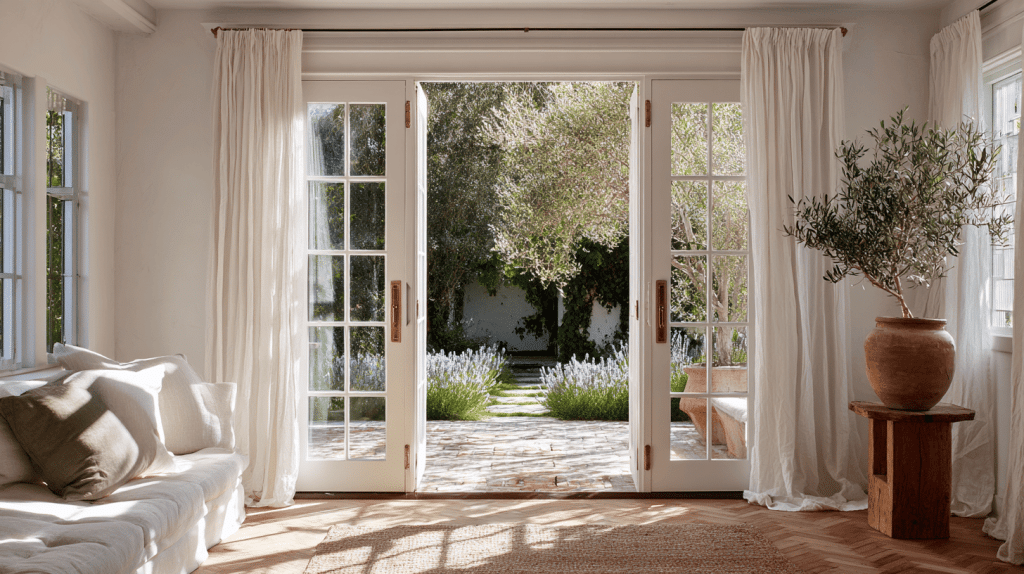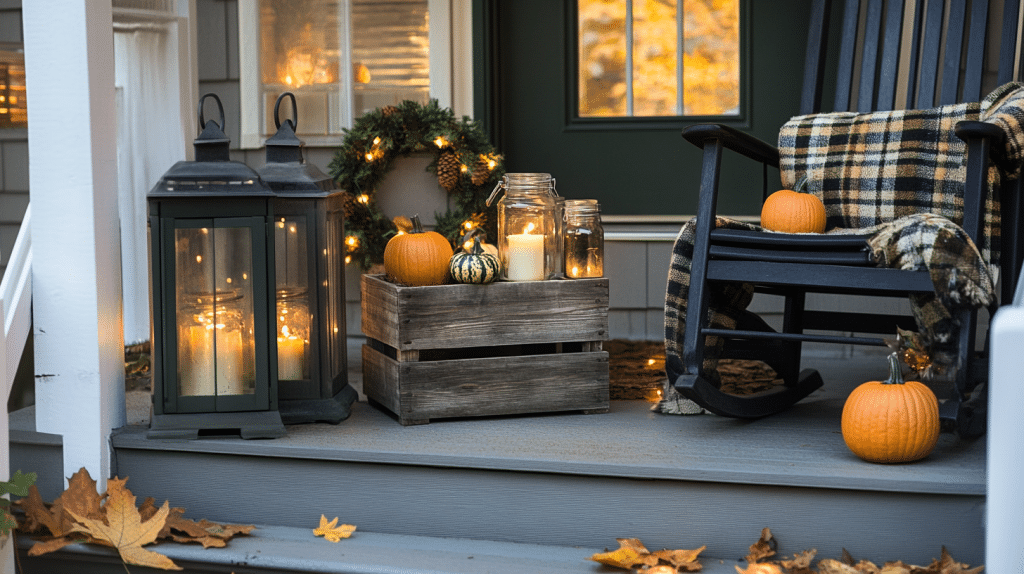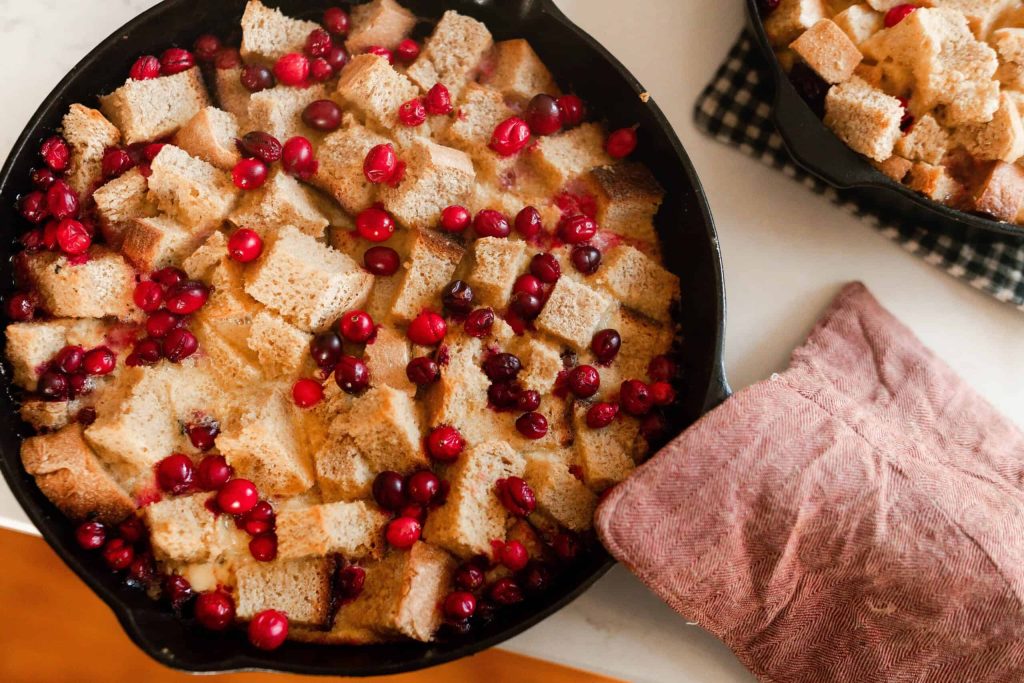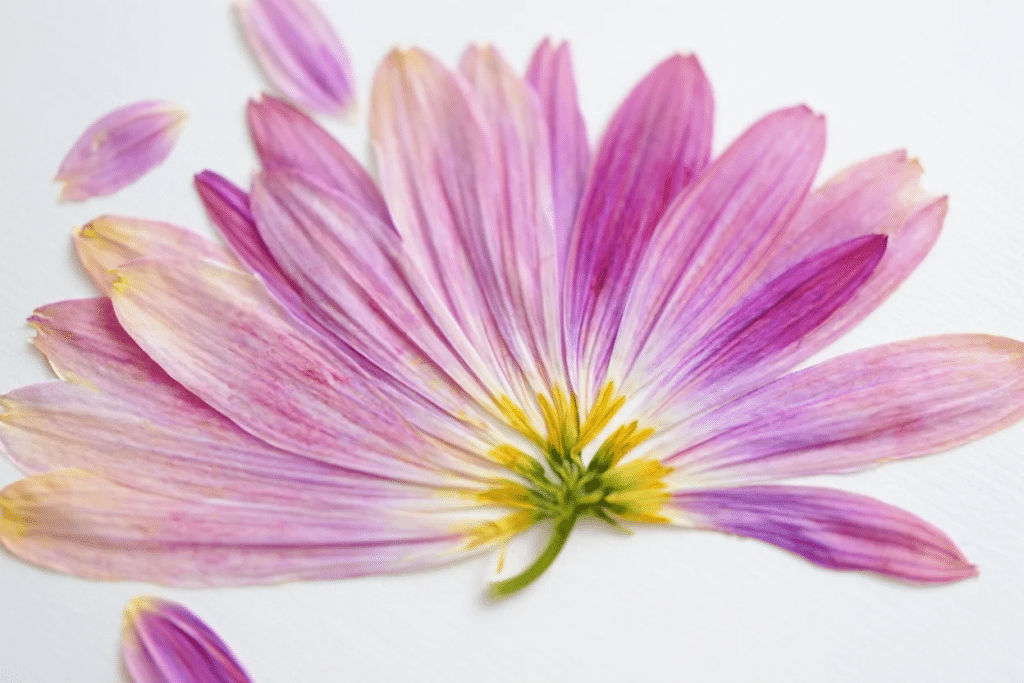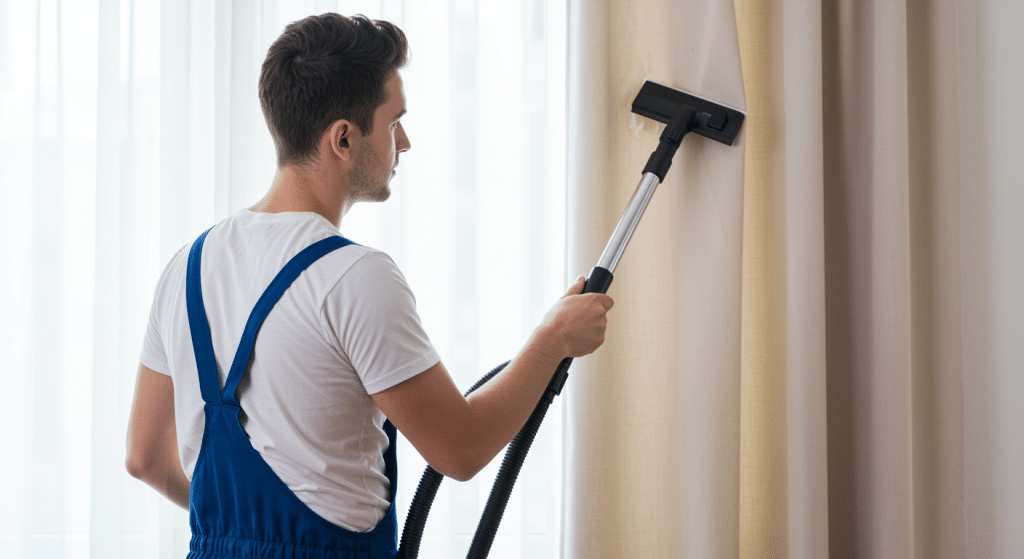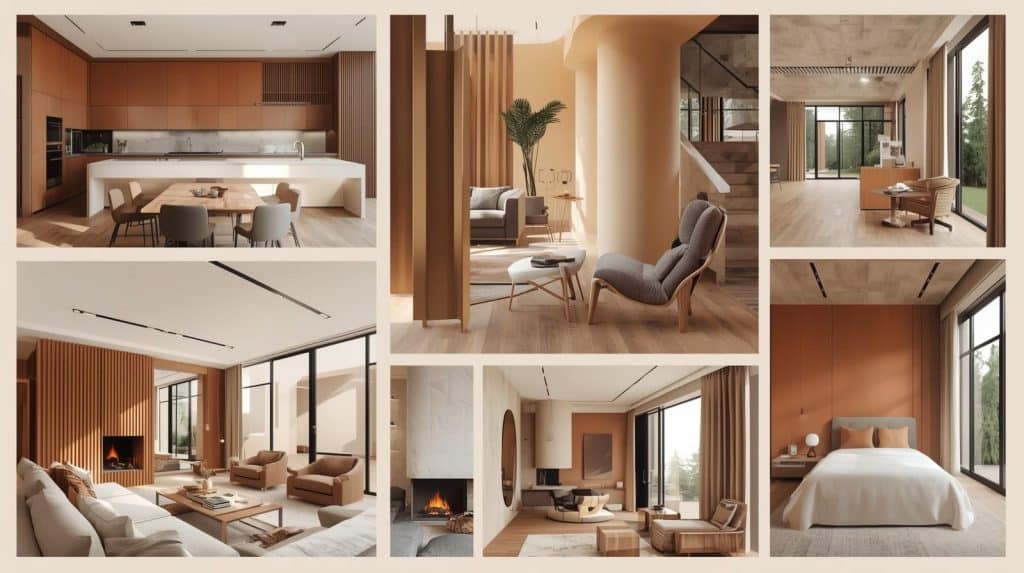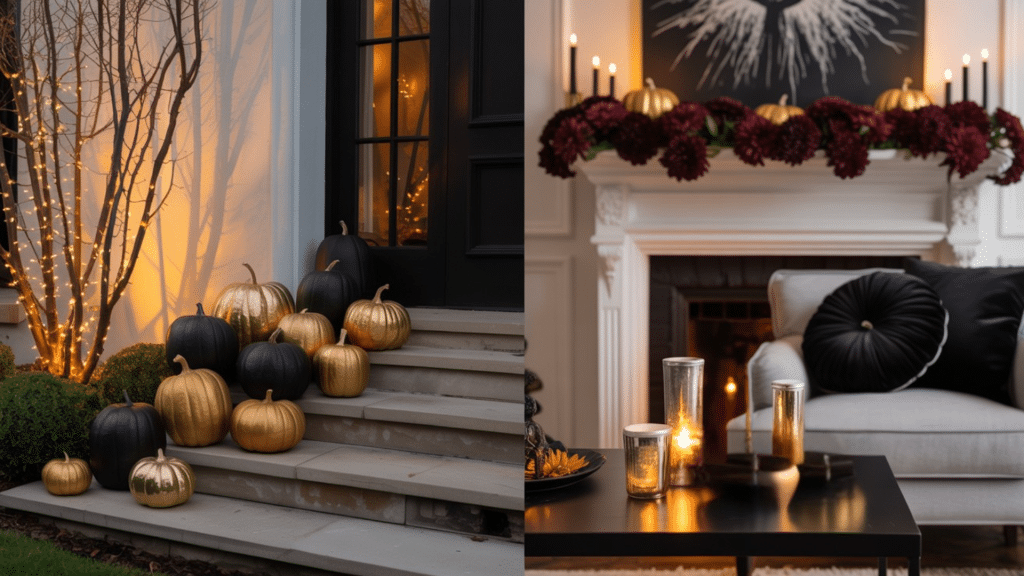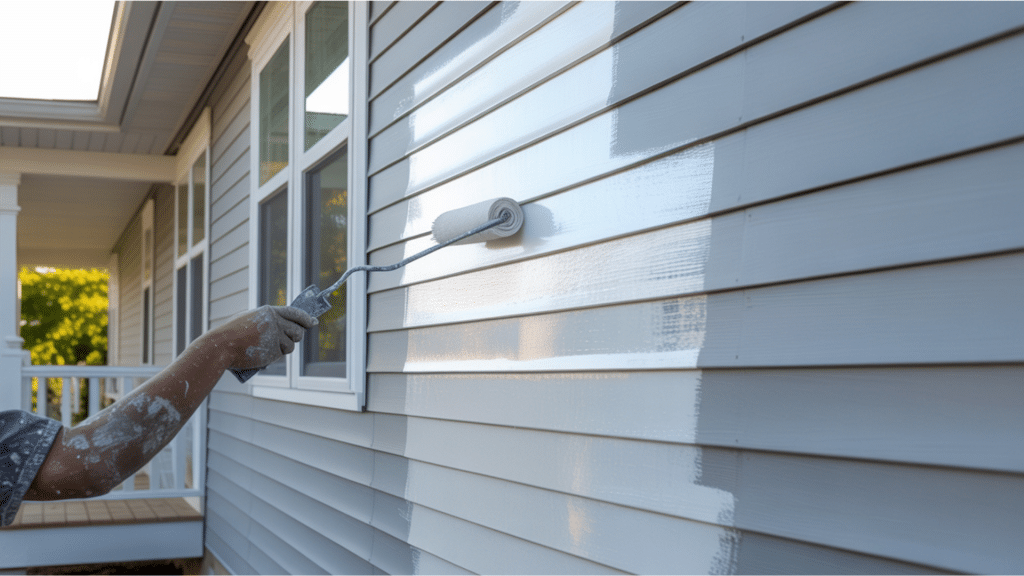What is a French Window?
A French window is a tall, paired window that swings open on side hinges, either inward or outward.
Unlike a regular casement window, it stretches almost to the floor and often doubles as a door to balconies, patios, or gardens.
French windows differ slightly from French doors, which are typically larger and used mainly as entryways.
These windows began in Renaissance France during the 16th and 17th centuries, when architects wanted more light and balance in homes.
Since then, they have become a symbol of classiness, offering beauty and a smooth indoor–outdoor connection in many houses.
History & Evolution
French windows grew popular during the 17th and 18th centuries, reflecting a design shift toward symmetry, light, and open interiors.
At first, they were common in French châteaux and townhouses, showing wealth and style.
Soon, the trend spread across Europe, reaching countries like England, Italy, and Spain. In the colonial period, these windows appeared in American and Asian buildings, often adapted to suit local weather and culture.
Today, modern versions use aluminium or uPVC frames with slim profiles and advanced glazing. This blend of history and innovation makes these windows a favorite in both traditional and modern homes worldwide.
Key Features & Design Elements
French windows stand out for their everlasting charm and functional benefits. Their design combines classiness with practical features that enhance comfort, security, and beauty.
- Paired glazed sashes: Twin panels that swing open for full ventilation.
- Materials: Timber for traditional charm, aluminum for strength, uPVC for low maintenance, or composites for durability.
- Glazing: Single, double, or triple glazing; Low-E glass for energy efficiency; acoustic glass for noise reduction.
- Hardware: Multi-point locks, concealed hinges, decorative handles, and optional transoms or sidelights.
- Stylish options: Grilles, muntins, custom paint colors, slim profiles, or ornate mouldings.
Together, these features make these windows versatile, allowing them to fit seamlessly into both traditional and contemporary homes.
Types & Styles of French Windows
These windows come in a variety of styles, each offering unique benefits in design, performance. Here are the most popular options.
1. Traditional French Casement Windows
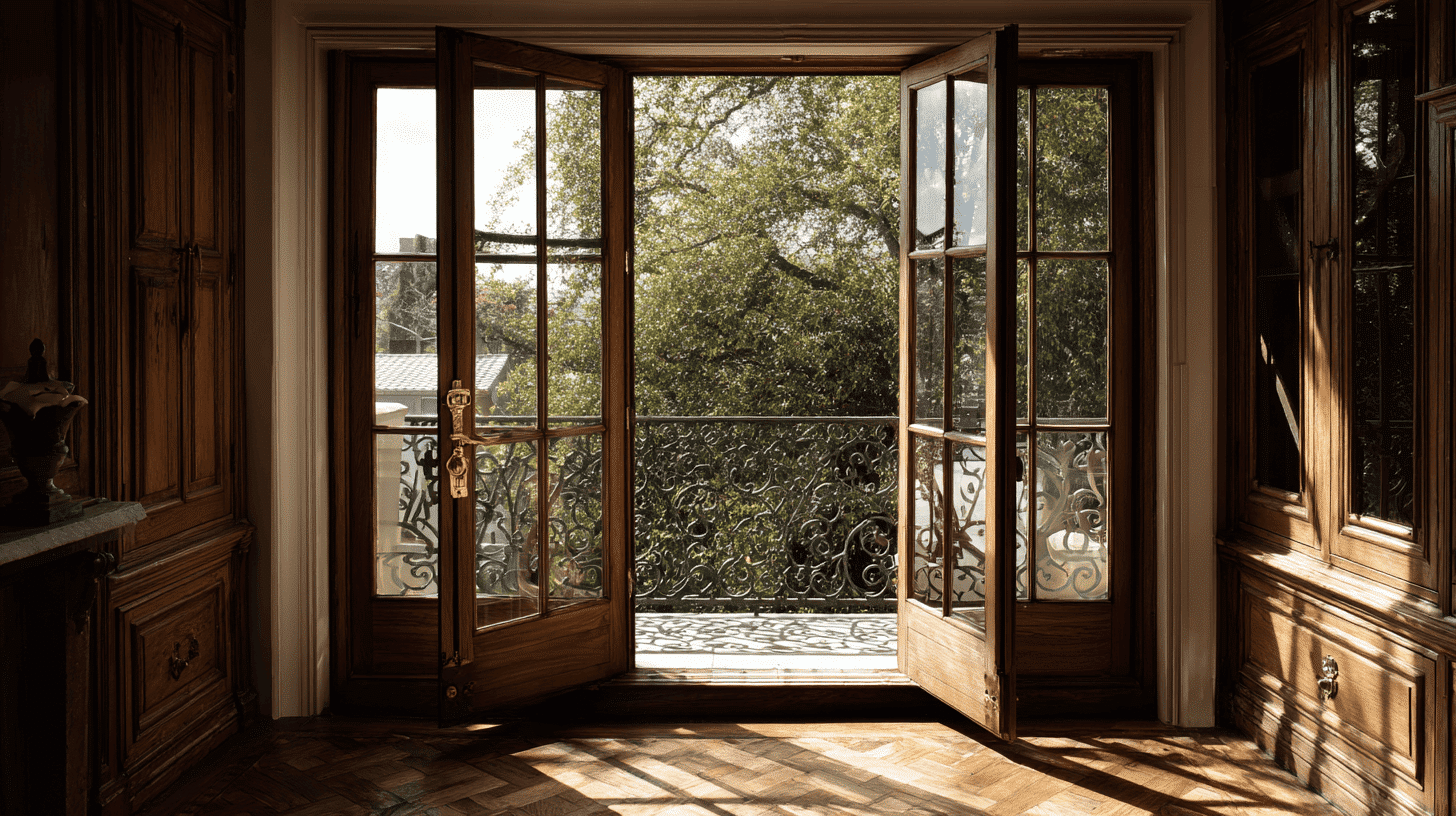
This classic design uses two outward-swinging sashes, creating wide openings that maximize ventilation and unobstructed views.
- Material: Wood interior with aluminum-clad exterior
- Glazing: Double or triple-pane Low-E glass
- Specs: Available in custom sizes and grille patterns
- Features: No center mullion, expansive views, durable finishes
2. Modern Aluminium Windows
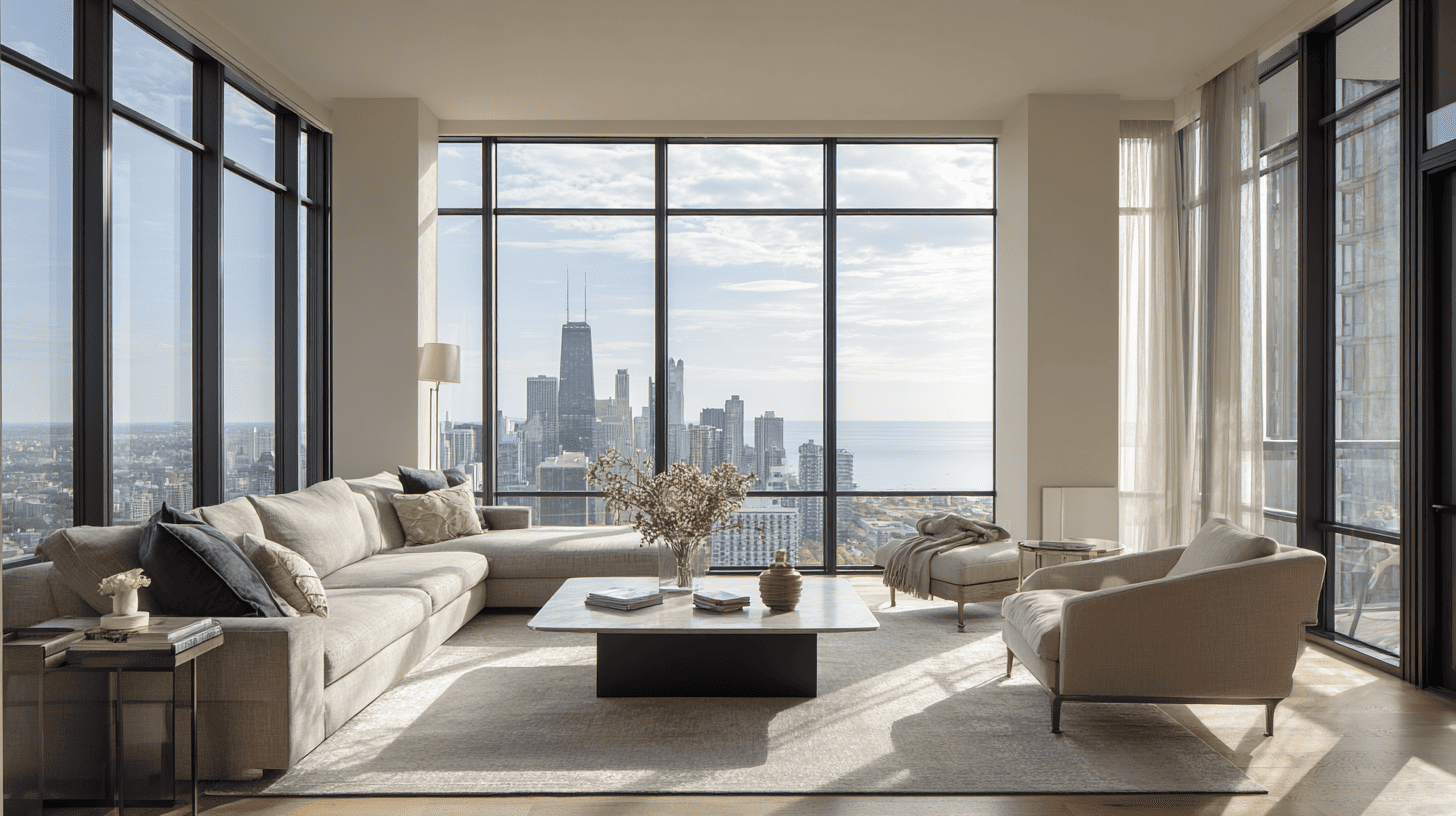
Slim frames and sleek finishes make aluminium windows ideal for contemporary architecture, blending durability with a minimalist style.
- Material: Steel and aluminum construction
- Glazing: Energy-efficient insulated glass
- Specs: Custom sizing for modern facades
- Features: Narrow sightlines, strong security, industrial appeal
3. uPVC Windows
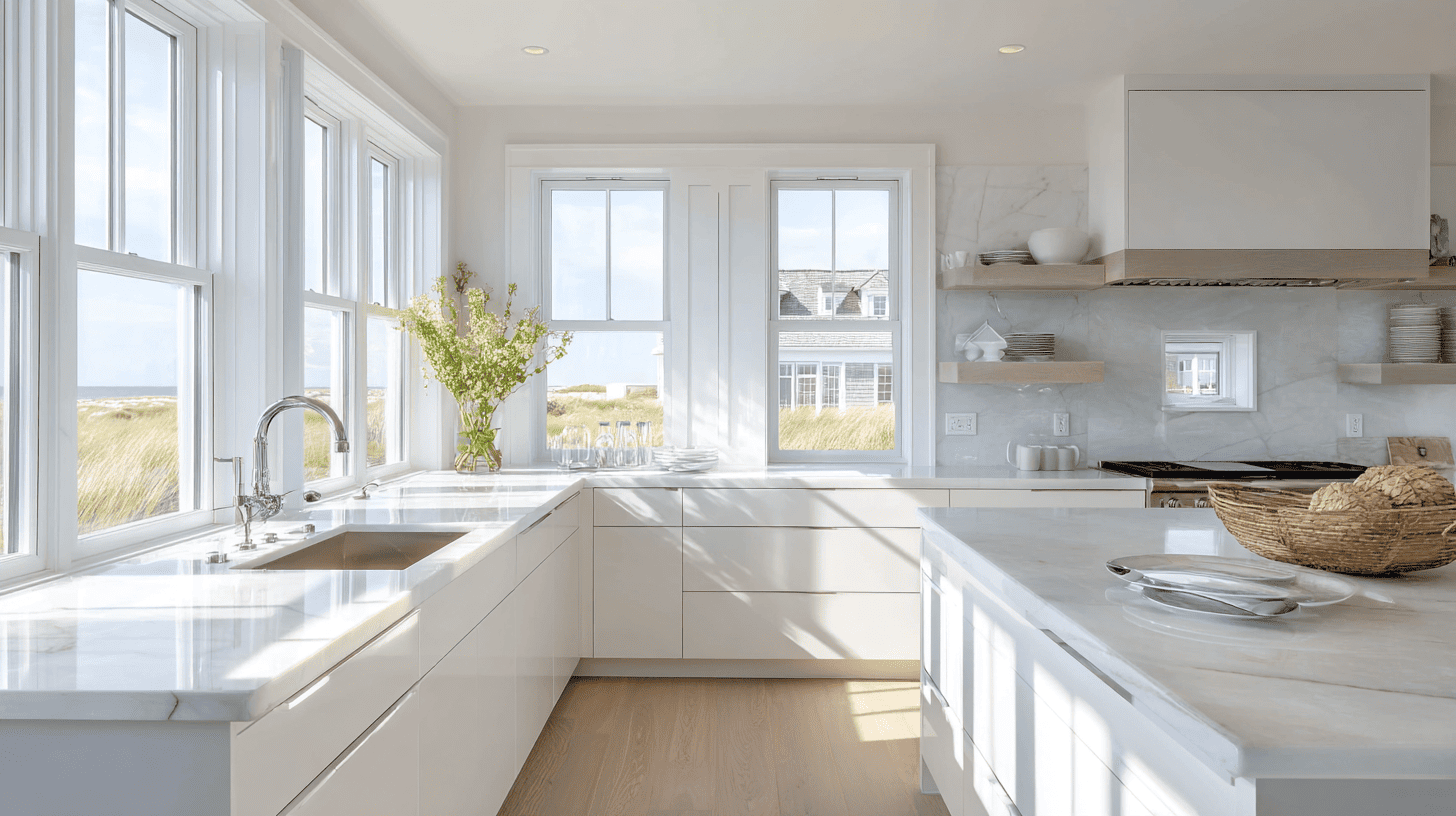
Low-maintenance and cost-effective, uPVC French windows suit homeowners who prioritize energy efficiency and affordability.
- Material: uPVC with reinforced profiles
- Glazing: Double or impact-resistant glass
- Specs: Widths starting around 30–35 inches
- Features: Coastal-ready durability, low maintenance, energy performance
4. Windows with Transoms & Sidelights
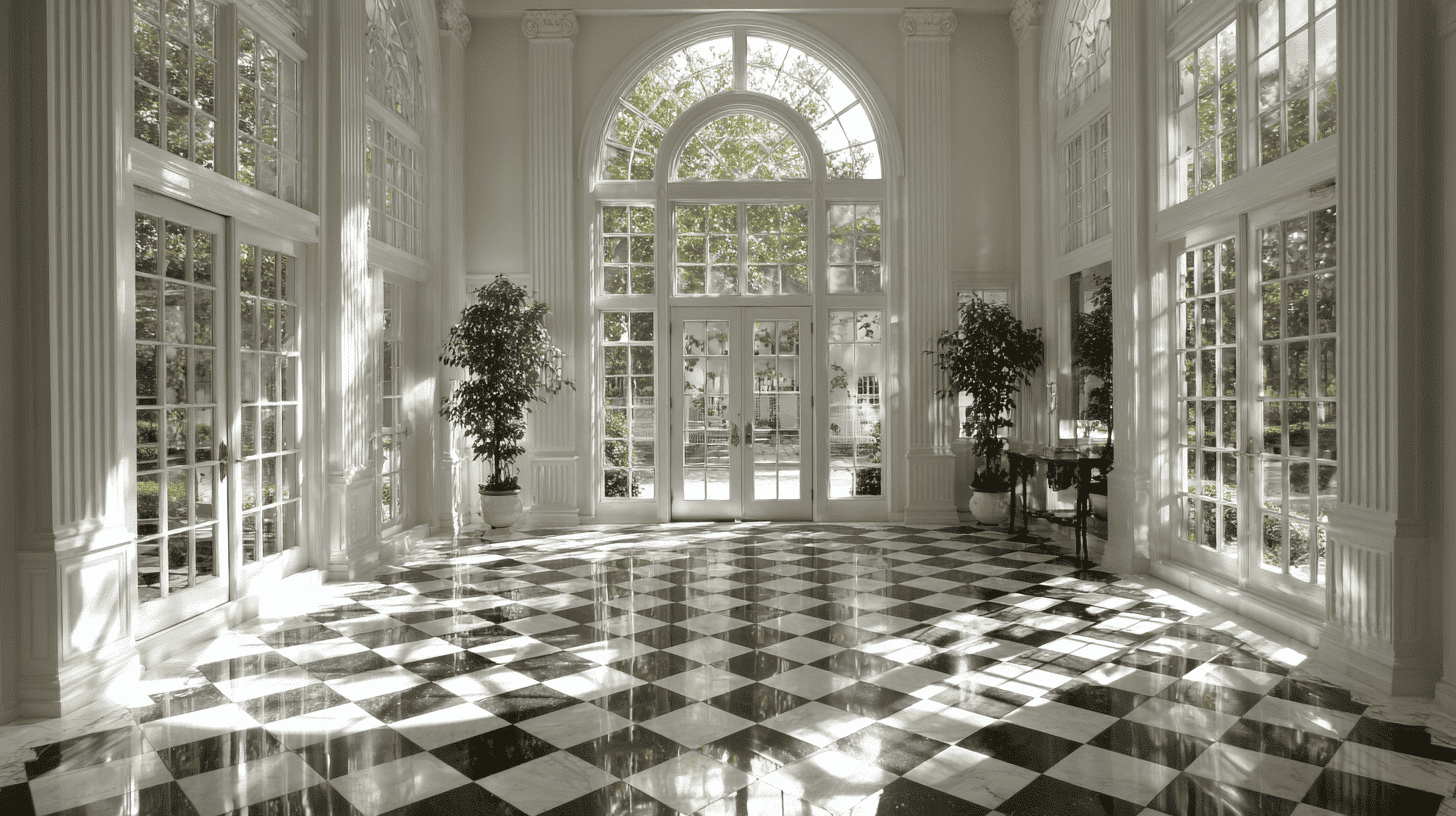
Adding sidelights or transoms expands glass area, creating symmetry and bright interiors while enhancing architectural impact.
- Material: Wood interior with aluminum exterior cladding
- Glazing: Dual or triple pane insulated glass
- Specs: Customizable widths with transom and sidelight integration
- Features: Extended glass area, symmetry, multiple finish options
5. Acoustic & Thermal Performance Windows
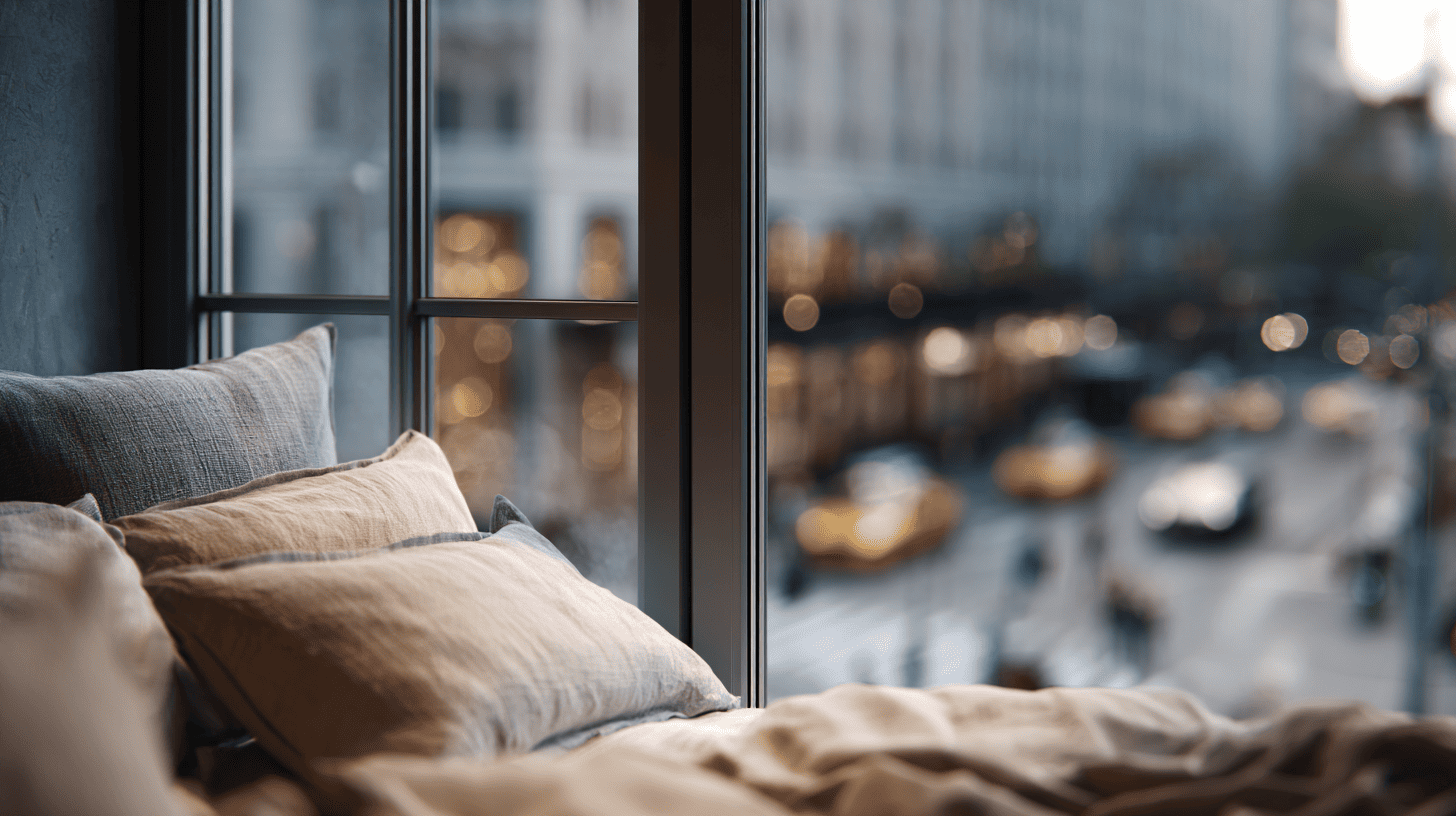
These models are designed for sound insulation and energy efficiency, making them excellent for urban or extreme climates.
- Material: Aluminum-reinforced uPVC frames
- Glazing: Acoustic-rated insulated units
- Specs: U-values as low as 1.2 W/m²K
- Features: Noise reduction up to 47 dB, energy savings
6. Contemporary Flush Windows
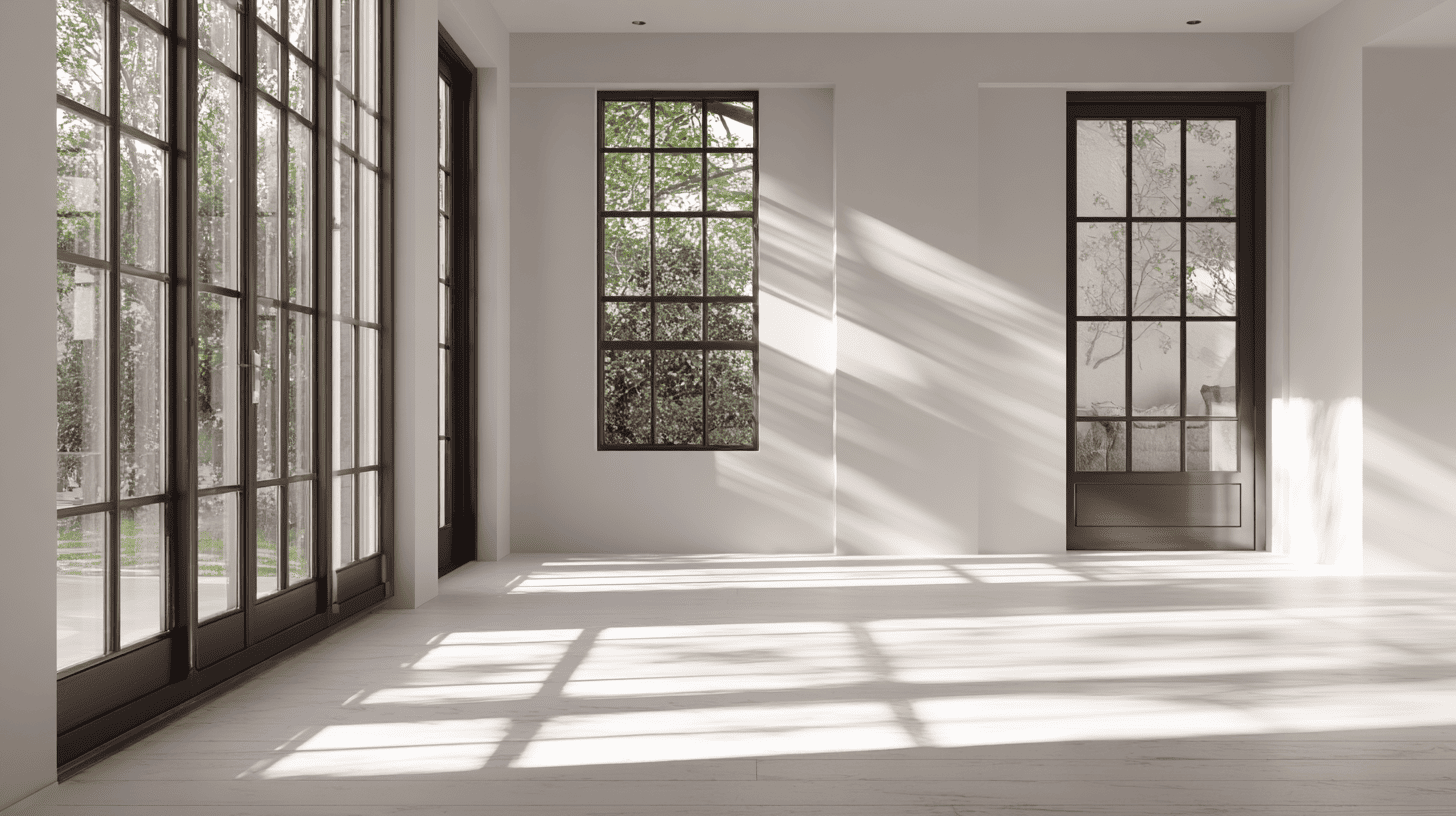
Minimalist flush designs offer clean sightlines and a modern look while maintaining classic French window functionality.
- Material: Premium aluminum-clad wood
- Glazing: Double or triple pane, Low-E coatings
- Specs: Bespoke sizes with slim profiles
- Features: Flush frames, dual color finishes, 4-point locking
7. Fixed / Decorative Windows
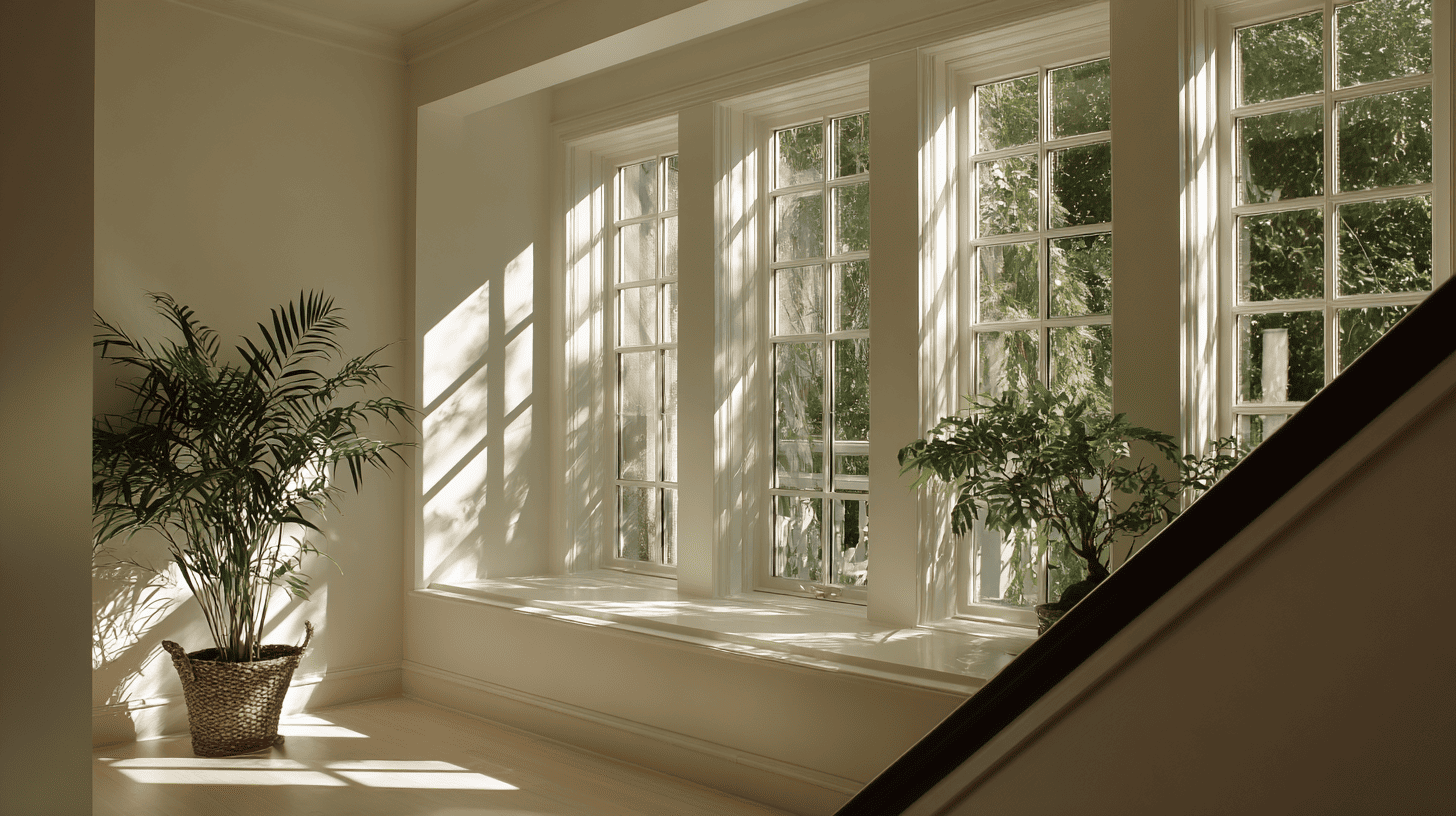
Fixed French windows add balance, symmetry, and light without opening, often paired with operable units for visual consistency.
- Material: Steel frames in custom finishes
- Glazing: Fixed insulated panes
- Specs: Wide spans available for decorative facades
- Features: Durable, low-maintenance, everlasting symmetry
Technical Specifications & Performance Metrics
The windows are not only about style; their technical details determine durability, comfort, and efficiency in everyday use. Here are key performance factors.
- Dimensions: Typically 24–36 inches wide per sash, with heights ranging from 6–8 feet.
- Glazing performance: U-values as low as 1.2 W/m²K, acoustic insulation ratings up to 47 dB.
- Materials: Lifespans vary, wood ~30 years with care, aluminium ~50 years, uPVC ~20–30 years.
- Security: Multi-point locking systems, PAS24 certification, and Secured by Design standards enhance safety.
- Weather resistance: Insulated frames, seals, and flashing protect against drafts, leaks, and energy loss.
These specifications help homeowners choose windows that balance beauty with performance, security, and long-term value.
Pros & Cons of French Windows
The windows offer charm and functionality, but like any architectural feature, they come with both benefits and drawbacks homeowners should carefully consider.
| Pros | Cons |
|---|---|
| Maximizes natural light and scenic views | More expensive than standard casement windows |
| Creates a seamless indoor-outdoor connection | Requires swing clearance indoors or outdoors |
| Enhances property value and curb appeal | Risk of heat loss or gain without proper glazing |
| Provides excellent ventilation and fresh air | Wooden frames need frequent maintenance |
| Everlasting style suits both classic and modern homes | May reduce privacy with large glass areas |
| Wide design options in materials, glazing, and finishes | Installation can be complex and labor-intensive |
Disclaimer: Performance, costs, and maintenance requirements vary depending on the materials, glazing, and quality of installation. Always consult professionals for accurate advice.
How to Choose the Right French Window & Cost Considerations
Selecting the right window involves balancing design, performance, and budget. The right choice depends on your home’s style, climate, and long-term maintenance preferences.
- Match style: Choose classic casements for traditional homes or slim aluminum frames for modern designs.
- Climate needs: uPVC provides energy efficiency, aluminum ensures durability, and timber offers realism but requires upkeep.
- Cost vs durability: uPVC is affordable, aluminium lasts decades, while wood is premium but higher maintenance.
- Privacy & security: Look for multi-point locks, acoustic glazing, or frosted options depending on location.
- Budget ranges: uPVC ($800–$1,500), aluminium ($2,000–$3,500), wood ($3,000–$5,000+); extras like sidelights or transoms raise costs.
Installation Tips & Best Practices
Proper installation is essential to ensure these windows perform well, providing security, energy efficiency, and long-lasting beauty in your home.
- Measure accurately: Confirm openings are square and level before fitting.
- Reinforce framing: Add support for larger window spans to maintain stability.
- Use professionals: Ensure sealing, drainage, and security are handled by experts.
- Test operation: Check smooth opening and closing once the windows are fitted.
- Add insulation: Apply quality weather-stripping and insulation to prevent drafts.
Wrapping it Up
French windows are more than practical features; they are sleek design choices that brighten spaces, add beauty, and improve everyday living.
First seen in Renaissance France, they remain popular today in both classic and modern homes. Available in wood, aluminium, or uPVC, they offer options to suit every taste and budget.
Whether you prefer traditional casement windows or sleek modern flush designs, the key is finding the right balance of style, durability, and energy efficiency.
With help from reliable suppliers and installers, these windows can enhance comfort, charm, and value in your home for many years to come.
Frequently Asked Questions (FAQ)
What is the Difference Between French Windows and Casement Windows?
French windows have two panels that open from the center wide open. Casement windows open out from one side on a hinge, usually controlled by a crank.
How Do French Windows Improve Home Ventilation?
They open fully, allowing maximum airflow and fresh air to enter, creating a breezy and comfortable indoor environment.
Are French Windows Energy Efficient?
With double or triple glazing and proper sealing, French windows can offer good insulation, reducing heat loss and improving energy efficiency.
Can French Windows Be Customized for Different Climates?
Yes, frames and glazing can be tailored to withstand harsh weather, improve insulation, and reduce noise for various regional needs.
Do French Windows Require Special Maintenance?
Wood frames need regular care to prevent weather damage, while aluminium and uPVC options are low maintenance and easy to clean.


